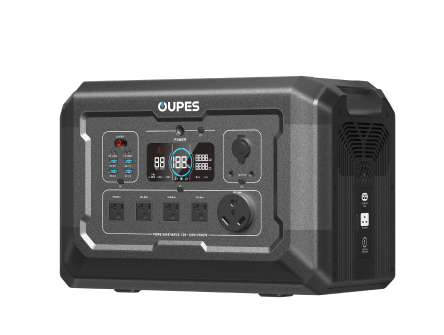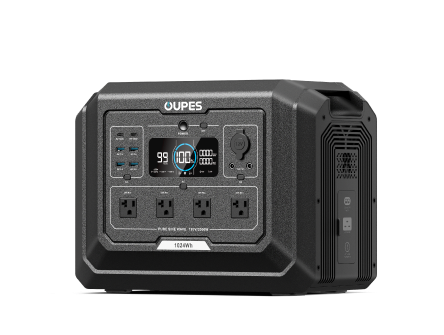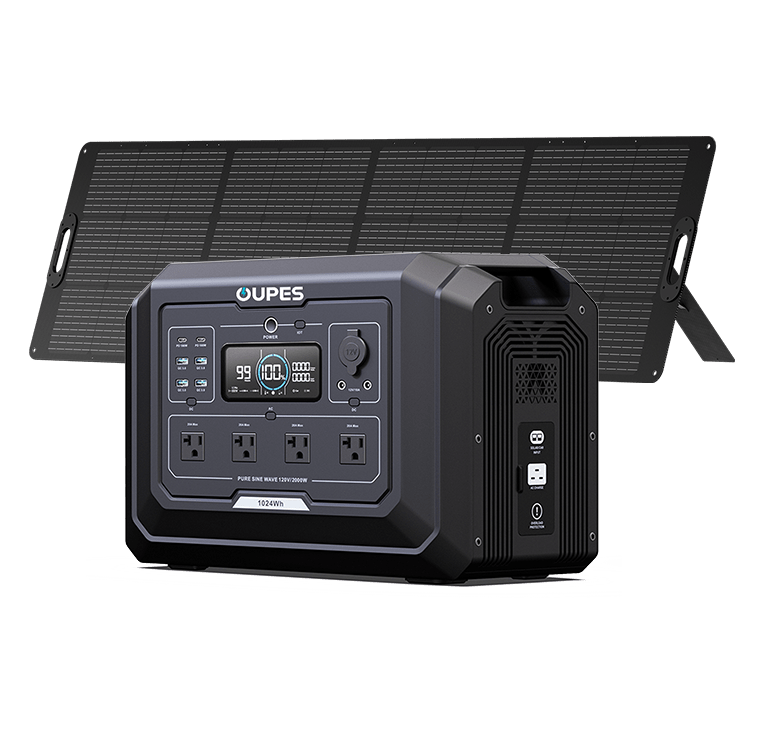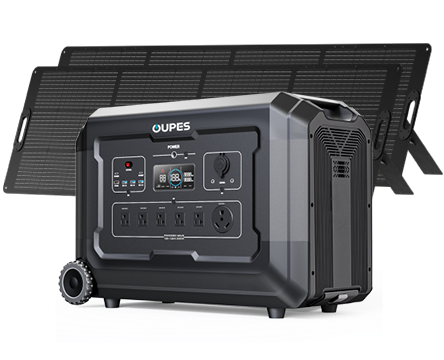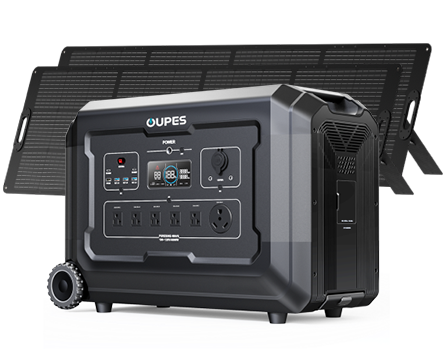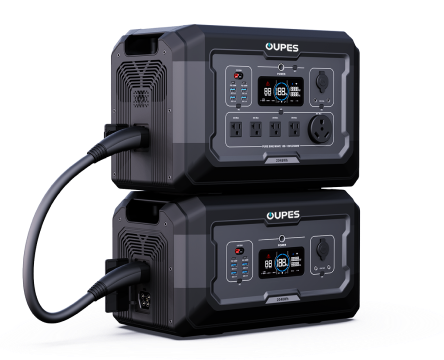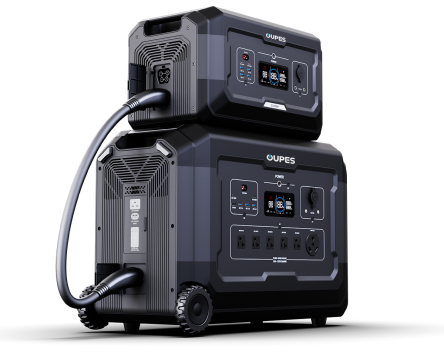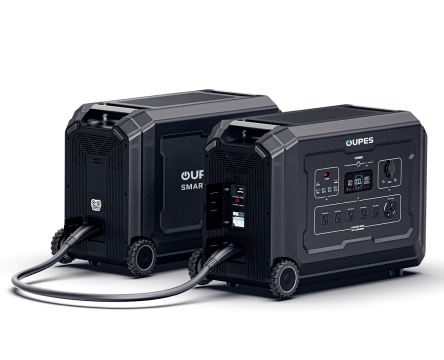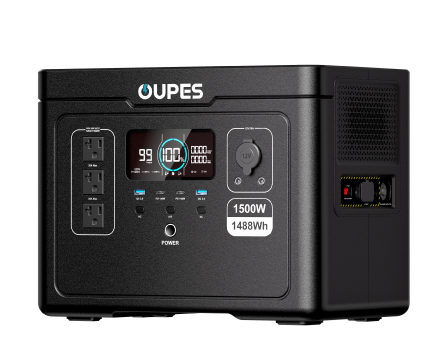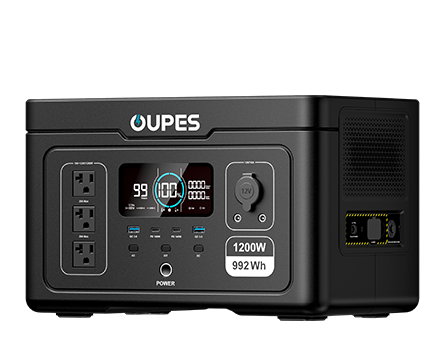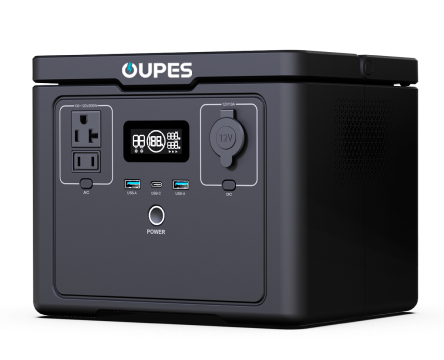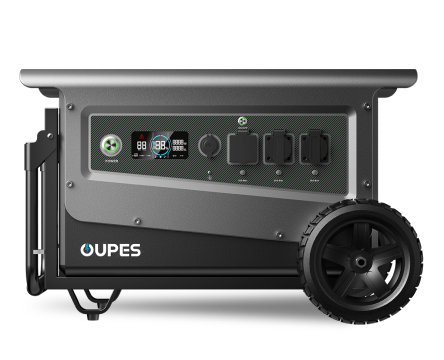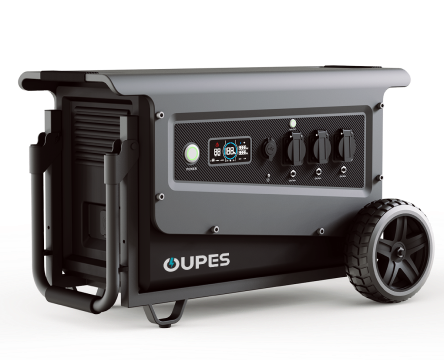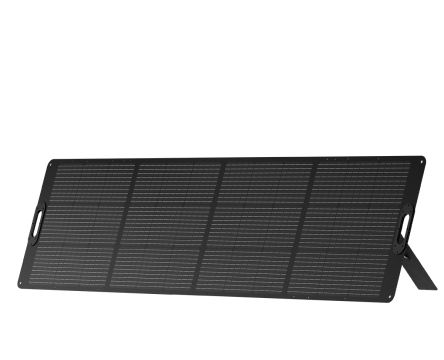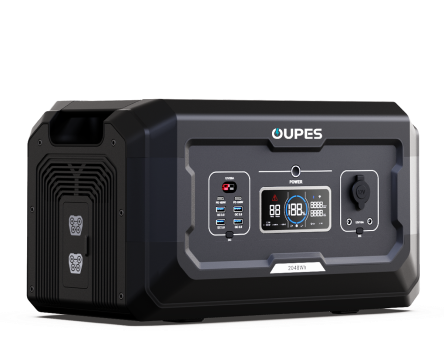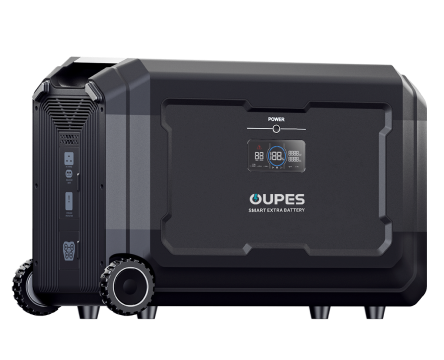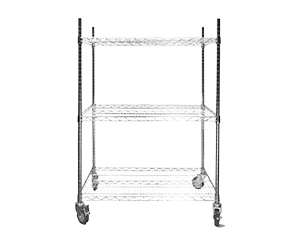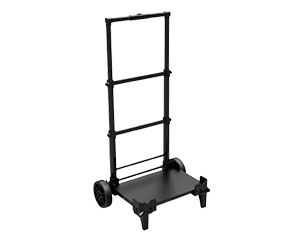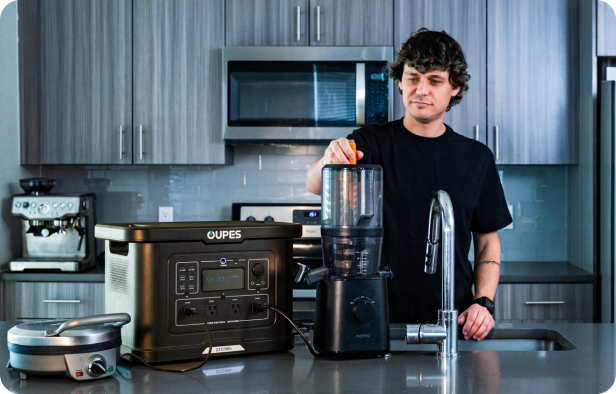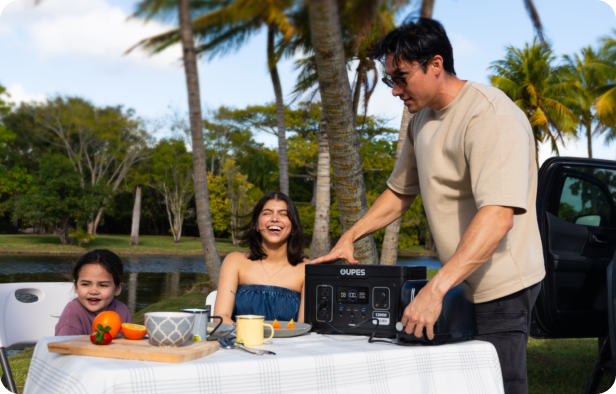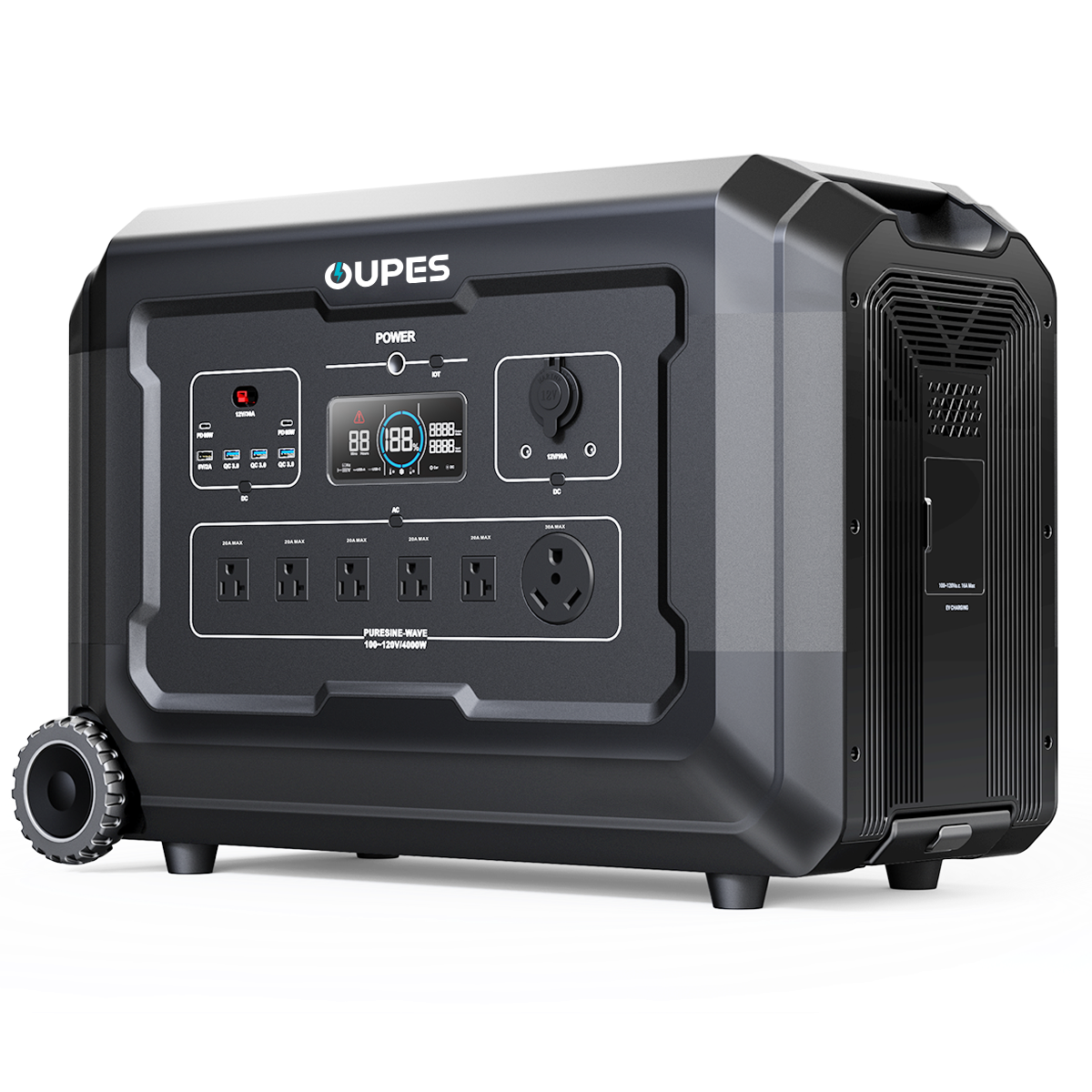
Imagine this: a sudden power outage hits your neighborhood, and your refrigerator—packed with hundreds of dollars’ worth of groceries—stops humming. How long will your food stay safe? Or perhaps you’re planning a weekend camping trip and want to keep perishables fresh without relying on ice. In both scenarios, a battery-powered fridge could be a lifesaver. But how long can a battery actually sustain your appliance? Let’s dive into the details to uncover what factors influence runtime and how you can maximize efficiency.
From hurricanes to off-grid adventures, the ability to keep your fridge running during a blackout isn’t just a convenience—it’s often a necessity. Understanding battery capacity, fridge energy consumption, and environmental variables is key to ensuring your food stays cold when it matters most. Whether you’re a prepper, an outdoor enthusiast, or simply someone looking to avoid spoiled milk, this article will equip you with the knowledge to make informed decisions about battery-powered refrigeration.
Factors That Determine Battery Runtime for Your Fridge
The duration a battery can power your fridge depends on several variables. First, the size and efficiency of your refrigerator play a critical role. A compact, energy-star-rated fridge might consume as little as 100 watts per hour, while a full-sized model could use 200 watts or more. Second, the battery’s capacity—measured in watt-hours (Wh)—dictates how much energy it can store. A 500Wh battery, for example, could theoretically power a 100W fridge for five hours, but real-world conditions often reduce this estimate.
Ambient temperature is another crucial factor. If your fridge is operating in a hot garage or under direct sunlight, its compressor will cycle on more frequently to maintain internal temperatures, draining the battery faster. Conversely, placing the fridge in a cool, shaded area can reduce its workload. Additionally, the battery type matters: lithium-ion batteries generally offer higher efficiency and longer lifespans compared to traditional lead-acid counterparts, which lose capacity over time.
Lastly, inverter efficiency impacts runtime. Most refrigerators run on alternating current (AC), so a battery system requires an inverter to convert stored DC power. Inverters typically operate at 85–95% efficiency, meaning 5–15% of the battery’s energy is lost during conversion. Choosing a high-efficiency inverter and minimizing other power draws (like charging phones or lights) can help extend your fridge’s runtime during an outage.
Types of Batteries Suitable for Powering Refrigerators
Not all batteries are created equal when it comes to powering appliances. Lead-acid batteries, often used in cars and solar setups, are affordable but heavy and less efficient. They require regular maintenance and can’t be fully discharged without damage, which limits their usable capacity. On the other hand, lithium-ion batteries—common in laptops and electric vehicles—are lightweight, compact, and offer deeper discharge cycles. Though pricier upfront, their longevity and efficiency make them a popular choice for sustained fridge operation.
Saltwater batteries are an emerging option, offering eco-friendly advantages and non-toxic materials. While less common, they provide stable performance in extreme temperatures and have a longer lifecycle than lead-acid models. For short-term needs, portable power stations with integrated lithium batteries are user-friendly solutions. These all-in-one units often include inverters, USB ports, and solar charging capabilities, making them ideal for emergencies or outdoor use.
When selecting a battery, prioritize capacity, depth of discharge (DoD), and cycle life. A 100Ah lithium battery with a 90% DoD provides 90Ah of usable energy, whereas a lead-acid battery with the same rating might only deliver 50Ah. Pairing batteries with solar panels can also create a renewable charging system, ensuring your fridge stays powered indefinitely during prolonged outages.
How to Calculate Your Fridge’s Battery Runtime
To estimate how long a battery can keep your fridge running, start by identifying its energy consumption. Check the appliance’s label or manual for wattage (W) or annual kilowatt-hour (kWh) usage. Divide annual kWh by 365 to get daily consumption, then divide by 24 to estimate hourly wattage. For example, a fridge rated at 400 kWh/year uses roughly 1.1 kWh daily, or 46W per hour. Remember, compressors cycle on and off, so actual consumption may vary.
Next, calculate the battery’s usable energy. Multiply its voltage (V) by amp-hour (Ah) rating to get watt-hours (Wh). A 12V 100Ah lead-acid battery provides 1,200Wh, but with a 50% DoD, only 600Wh is usable. Divide usable Wh by the fridge’s hourly wattage to estimate runtime. Using the earlier example: 600Wh ÷ 46W ≈ 13 hours. However, inverter losses and temperature fluctuations could reduce this by 20–30%, bringing it closer to 9–10 hours.
For accuracy, use a watt-meter to measure real-time fridge consumption over 24 hours. This accounts for compressor cycles and ambient conditions. If your fridge runs 8 hours a day on average, multiply its daily wattage by 3 to estimate outage runtime needs. Always oversize your battery bank by 20–30% to accommodate unexpected power draws or battery aging.
Practical Tips to Extend Battery Life During Power Outages
Maximizing battery runtime starts with reducing your fridge’s energy demand. Keep the unit well-stocked—full freezers retain cold better than empty ones. Use water jugs or ice packs to fill empty spaces, stabilizing internal temperatures. Ensure door seals are airtight; even a small gap can let warm air in, forcing the compressor to work harder. Set the thermostat to the warmest safe temperature (typically 40°F for fridges, 0°F for freezers) to minimize cycling.
Pre-cool items before placing them inside, and avoid opening the door unnecessarily. Every time you open it, 20–30% of the cold air escapes. In emergencies, cover the fridge with blankets or insulation to slow heat transfer. Pairing the battery with solar panels can provide continuous charging during daylight hours, effectively creating an off-grid system. If using a generator, alternate between battery and generator power to conserve fuel.
Lastly, maintain your battery. Store it in a cool, dry place and avoid complete discharges. For lead-acid batteries, check electrolyte levels and recharge promptly after use. Lithium-ion batteries benefit from partial discharges rather than full cycles. Regularly test your system to ensure it’s ready when needed, and consider a backup battery for extended outages.
Real-World Scenarios: When Battery-Powered Fridges Matter Most
Battery-powered refrigeration isn’t just for doomsday preppers. For families living in hurricane-prone areas, a reliable battery system can prevent food loss during multi-day outages. Outdoor enthusiasts rely on portable fridge-freezers to keep provisions fresh on cross-country road trips or weeklong camping excursions. Medical patients who require insulin or vaccines also depend on uninterrupted cooling to preserve life-saving medications.
In remote regions without grid access, solar-charged batteries paired with energy-efficient fridges enable sustainable living. Farmers’ markets and food trucks use battery systems to maintain perishables without noisy generators. Even urban dwellers benefit during rolling blackouts or grid failures, especially in areas with aging infrastructure. In each case, understanding battery capabilities ensures preparedness and peace of mind.
Disaster response teams often deploy battery-powered refrigeration in emergency shelters, highlighting its critical role in community resilience. As climate change increases the frequency of extreme weather events, investing in a robust battery system isn’t just practical—it’s becoming essential for households worldwide.
In summary, the runtime of a battery-powered fridge hinges on appliance efficiency, battery type, environmental conditions, and user habits. By selecting the right components and adopting energy-saving practices, you can extend operation from a few hours to several days. Whether for emergencies, adventures, or everyday resilience, a well-designed system ensures your fridge—and the valuable contents inside—stay protected when the power goes out.
Ultimately, the question isn’t just “How long can a battery keep your fridge running?” but “How prepared are you to face the unexpected?” With the insights from this article, you’re now equipped to make strategic choices that balance cost, capacity, and convenience. Stay cool, stay powered, and never let a blackout catch you off guard again.

